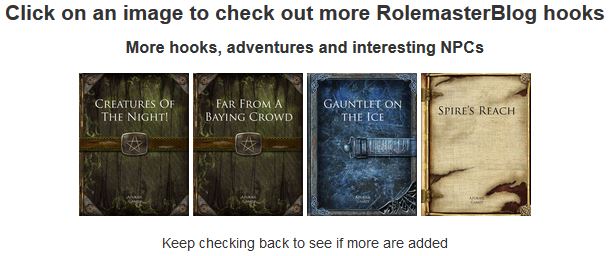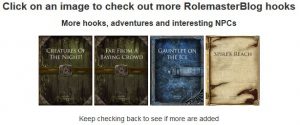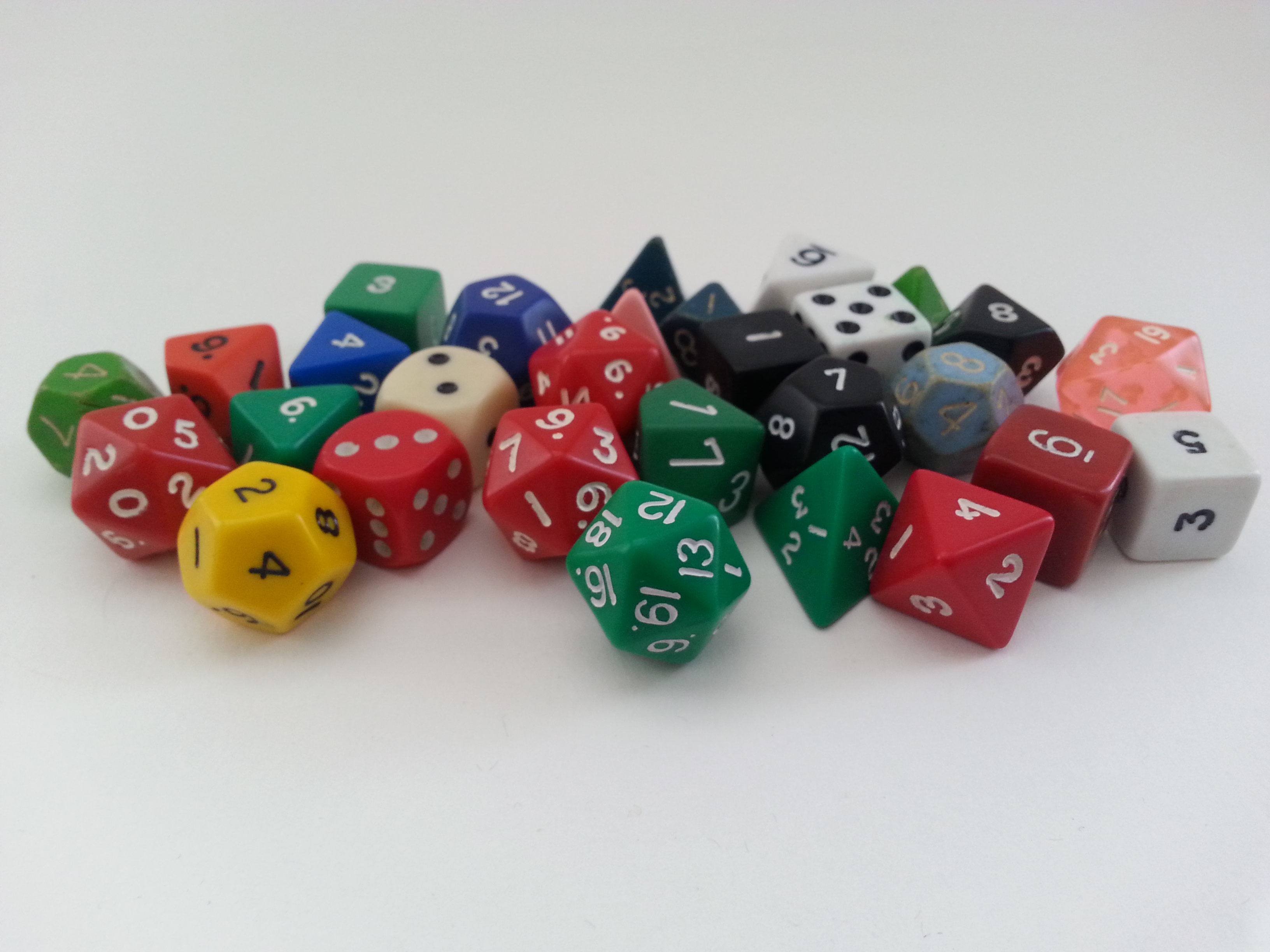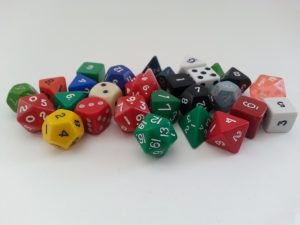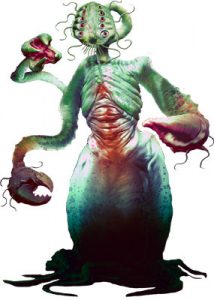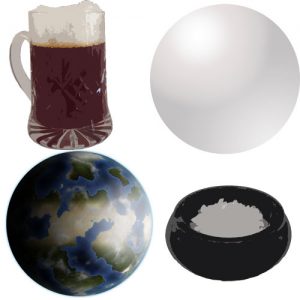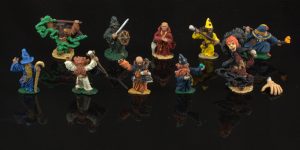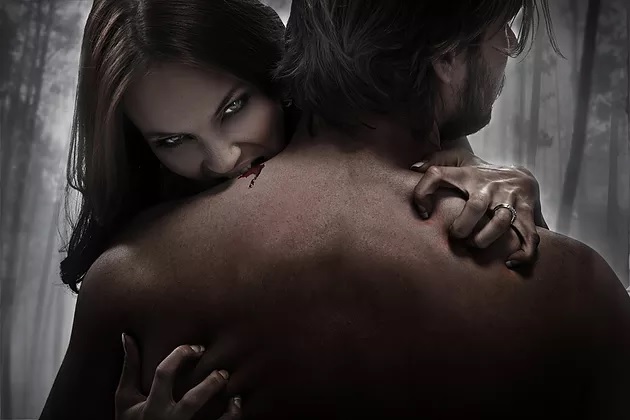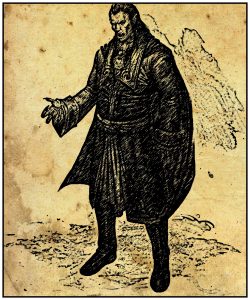For me, one of the great innovations in early RMU Betas was the new sizing/scaling rules. Of course, much of that rule was modified due to player feedback, but the core idea is still incredibly useful as a scaling and informational tool for the game. In it’s basic form, the size scaling allowed for damage adjustments between combatants of differing sizes. Player feedback argued that on the fly adjustments added to much work to the game flow, and subsequent RMU beta’s incorporated size differentials into the weapon charts. However, the size rules can be applied to more than melee attacks. What information does/can a Size impart:
- Toughness: A size difference implies that a larger target will take less damage from a smaller. However, a GM can also apply a size label to a creature that is different from their actual size to make them more tough and harder to damage. For example, a Steel Golem may be human sized, but for combat purposes be treated as Large or Very Large.
- Deadliness: Larger size opponents should do more damage to smaller targets relatively. But again, a GM can adjust size to model a unique deadliness or efficacy of a smaller creature to perform as if larger as in the example above.
- Geometry: Size labels can impart information about the general dimensions (DIMS) in relation to other objects. This allows the size rules to not only apply to beings, but to objects like vehicles, space ships, wagons, carts etc. This allows easier comparison of one object to another. For example, a Skyship to a flying Dragon.
- Capacity: Tying into geometry above, using the size rules to impart carrying capacity: weight allowance or # of passengers can impart useful game mechanics without further explanation. A medium rowboat could hold 1 human size passenger, a large tent could shelter 2 people, a very large cabin could hold 4-6 people.
- Weight: While size rules can bend and adjust to scale certain effects, it is also a placeholder for weight/mass. That can be useful in Ram/Butt/Crush results.
What mechanic can use the Size rules? Combatants and melee have already been changed in newer Beta rules, but that doesn’t mean the mechanical framework should be dismissed.
- Spells. Spells are often defined by range, AoE and a presumed default size. Should a massive dragon cast the same size firebolt as a 7th level magician? With size rules, it doesn’t matter–size is established via the Spells or the size rules. In addition, size rules can establish effective radii. A small fireball might have a radius of 5′ while a medium would have a 10′ radius.
- Traps. Looking through the old MERP modules it’s clear that traps were a prominent feature. Most traps deadliness were modified by 2 components: a + to hit and a multiple of damage. Both had to described. With size rules you can just scale traps up or down via size. Not only does that model efficacy but it sets size parameters as well. A “Small” 5′ wide pit trap isn’t going to be a very effective on a Huge Troll.
- Structures. As discussed above in capacity, the size rules can establish occupancy limits for huts, tents, lean-to’s, cabins, towers etc.
- Vehicles. Rolemaster is part of a wider genre ecosystem. Spaceship hull sizes can be quantified in the same way a Dragon, Kraken or other gigantic creature.
The great aspect to the size rules is that its incredibly easy to add categories-especially if you don’t worry about qualitative labels. I use 10 sizes, I-X, just to make scaling calculations easy and direct. Is it possible to add more? Yes, it’s easy and “scalable”. Certainly, for Scifi or modern settings it might be helpful to expand the sizing: smaller categories for molecular/nano level objects and much larger to incorporate massive space stations or even planet size categories!
I’m not re-arguing the role of size scaling in combat–only recognizing the power of scaling efficacy as short-hand for the Rolemaster system to unify 5 varying aspects of a creature or object. As a GM I find it invaluable.










